The above information was stated at a workshop to provide comments on the draft decree amending Decree 04/2021 and Decree 127/2021 of the Government on administrative sanctions in the field of education, organized by the Ministry of Education and Training in Ho Chi Minh City on the morning of June 2.
Speaking at the workshop, Mr. Nguyen Duc Cuong, Chief Inspector of the Ministry of Education and Training, said that after one year of implementing Decree 127, out of about 300 universities and colleges of education, nearly 100 schools have been punished. According to Mr. Cuong, it is normal for 20 out of 100 schools to violate a legal regulation, but if 1/3 out of 300 schools violate it, it needs to be reconsidered. "In our opinion, that is an inadequacy," Mr. Cuong said.

Many opinions on administrative sanctions in the education sector were shared at the workshop on the morning of June 2.
RECRUITING 60 OR MORE CANDIDATES WILL BE PUNISHED?
During the workshop, delegates discussed the draft amendment to the current decree on administrative sanctions in the field of education. Notable among them is the content related to the method of determination, level of fines and measures to remedy consequences of enrollment targets of educational institutions.
Regarding the basis for determining violations of exceeding enrollment quotas, the current regulations only calculate based on the percentage criterion. However, according to the draft, this basis is determined to include both percentage and absolute number. According to the drafting team, adding this criterion is to avoid the situation where industries or fields with low quotas and very small absolute number of enrollments are still punished.
Rights for students when the school violates
One of the topics discussed at the workshop was related to the rights of learners in the event of educational institutions violating enrollment regulations.
According to the new draft, the remedial measures in case of educational institutions violating enrollment regulations are adjusted. The draft clearly states that it will force qualified students who have been admitted to another major or another educational institution that is eligible to operate education or cancel the admission decision, and return the collected fees to the student if the transfer is not possible. Meanwhile, under current regulations, the applied measure is only to transfer students to another facility, not allowing them to transfer to another major.
According to the inspector of the Department of Education and Training of Ho Chi Minh City, the decree needs to review the remedial measures when forcing students to transfer to other facilities. If the violation is due to the school's subjectivity but the students are forced to transfer to other facilities, the transfer will be very difficult and have a negative impact on society. Especially in cases where a large number of students must be transferred, up to 400-500 students.
Dr. Tran Dinh Ly, Vice Principal of Ho Chi Minh City University of Agriculture and Forestry, raised the question: "If not careful, it will violate the provisions on insulting students. If we transfer to a school with a higher admission score, the regulations do not allow it, but if we transfer to a school with a lower score, will students accept it?" Dr. Ly believes that we need to anticipate the consequences and feasibility of this remedy.
For example, with university level, according to current regulations, the lowest fine of 5-10 million VND is applied when the school recruits from 3% to less than 10% more students than the target. However, with the new draft, this fine is applied in cases where the number of students recruited exceeds the target by 3% to less than 10% and the number of students recruited exceeds the target by 60 people or more. Similarly, at the following levels, the fine increases with the rate and number of students recruited. Specifically, the fine is 10-30 million VND if the number of students recruited exceeds the target by 10% to less than 15% and the number of students recruited exceeds the target by 100 people or more; 30-50 million VND for the level of 15-20% and a minimum of 150 students; 50-70 million VND if the number of students recruited exceeds the target by 20% or more and a minimum of 200 students.
In addition, the content of violations in opening training majors is also expected to be adjusted. Accordingly, the draft adds a fine of 40-60 million VND for the act of opening a major when not meeting the autonomy conditions as prescribed. This adjustment, according to the drafting team, comes from the fact that the 2018 Higher Education Law allows schools to autonomously open training majors as prescribed, but through inspections, many institutions that do not meet the autonomy conditions have opened majors and there are currently no sanctions.
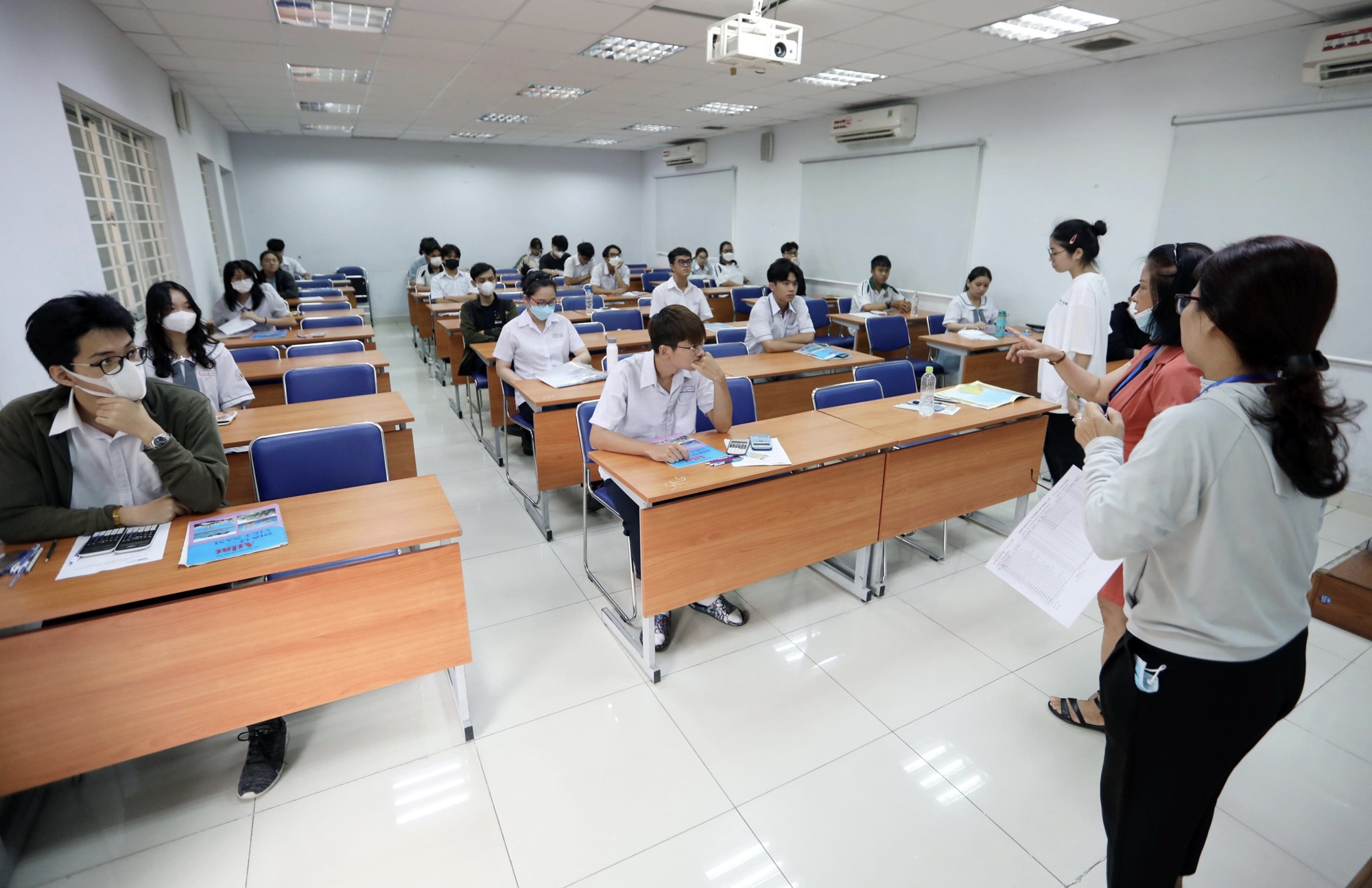
Candidates take the exam for university admission in 2023
C ACCEPT PENALTY TO ENROLL
Regarding the draft's adjustments on the penalty for exceeding the enrollment quota, representatives of universities and the Department of Education and Training present at the workshop expressed their agreement. A representative of Can Tho University said they agreed with the need for heavier penalties for these violations.
A representative from the Department of Education and Training of Dong Nai province also had a similar opinion. Accordingly, the current fine is too low, not enough of a deterrent. This person explained: "If that school enrolls 800-1,000 students per year, the school's scale during the school year will be several thousand students. The average tuition fee per student is at least 27 million VND/year. While the highest fine is only 20 million VND". Therefore, this representative said that there are units that accept being fined to enroll students.
Regarding violations of enrollment quotas, inspectors from the HCM City Department of Education and Training presented a real-life situation during the inspection. A school with 4 campuses had a decision to assign a quota of 1,680 students but recruited 202 more students. According to regulations, this school was fined 4.5 million VND. "A large school recruited 202 more students but was only fined 4.5 million VND, which is not enough of a deterrent. The draft has increased the fine, but it needs to be higher or divided into many specific fines to match reality," this officer suggested.
Proposing on determining enrollment quotas, the vice principal of a university said that the quotas should be calculated based on the average training capacity of each year and there should be compensation between years. Citing the reality of a university, this vice principal said that according to regulations, schools that enroll 3% or more will violate the regulations. "In fact, there was a case where a school recruited 3.4% more and was put on the penalty list. Up to now, this number is only 3.1% because some students dropped out of school due to personal wishes. After 4 years, this rate may continue to fall below 90%," he analyzed.
Regarding this issue, Dr. Quach Hoai Nam, Vice Principal of Nha Trang University, also proposed to change the viewpoint on determining quotas and penalties when enrolling more than the quota. According to Mr. Nam, universities should determine quotas within a fluctuating range instead of a specific number. According to this Vice Principal, changes in enrollment regulations over the years make it impossible for schools to anticipate all situations in enrollment.
Mr. Le Dinh Nghi, Deputy Chief Inspector of the Ministry of Education and Training, also raised related issues to contribute ideas for amendments in the decree. According to Mr. Nghi, in reality, many institutions have been penalized for exceeding their quotas. But in reality, "calling" the exact quotas in the schools' enrollment plans is not easy in the context of enrollment in recent years. According to Mr. Nghi, the method of considering transcripts causes a large virtual ratio for schools because candidates can register for many schools at the same time. "Of course, schools can push quotas through the method of considering high school graduation exam scores, but if we look at the enrollment plan, it is not correct, this makes it difficult for schools."
Source link





![[Photo] Closing of the 11th Conference of the 13th Central Committee of the Communist Party of Vietnam](https://vstatic.vietnam.vn/vietnam/resource/IMAGE/2025/4/12/114b57fe6e9b4814a5ddfacf6dfe5b7f)

![[Photo] Overcoming all difficulties, speeding up construction progress of Hoa Binh Hydropower Plant Expansion Project](https://vstatic.vietnam.vn/vietnam/resource/IMAGE/2025/4/12/bff04b551e98484c84d74c8faa3526e0)
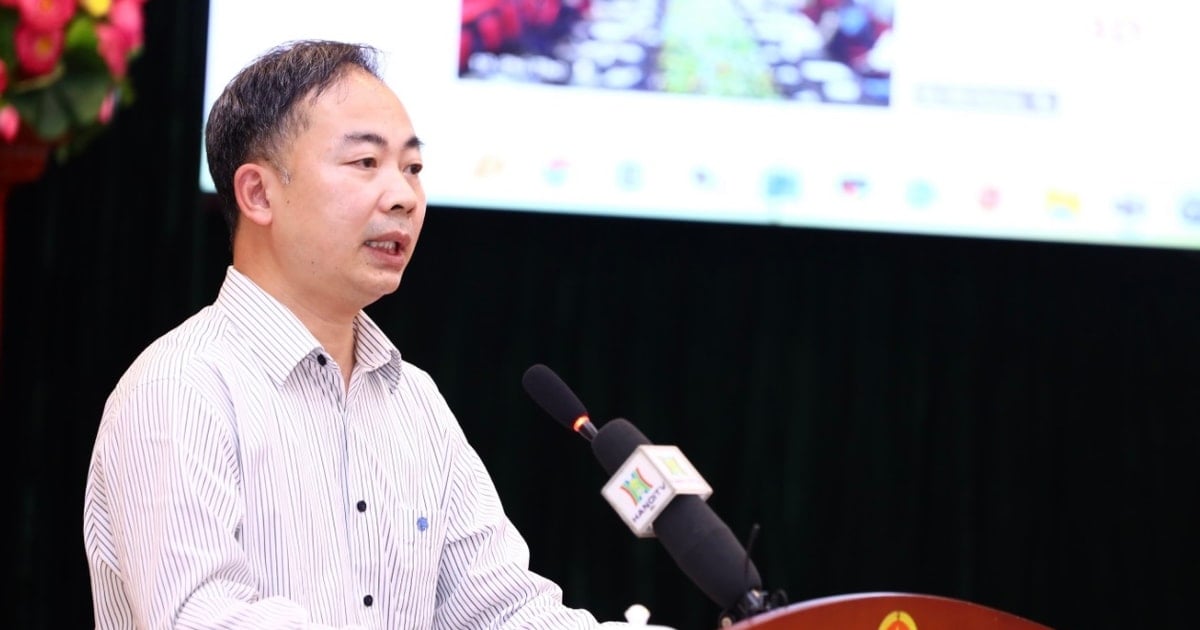

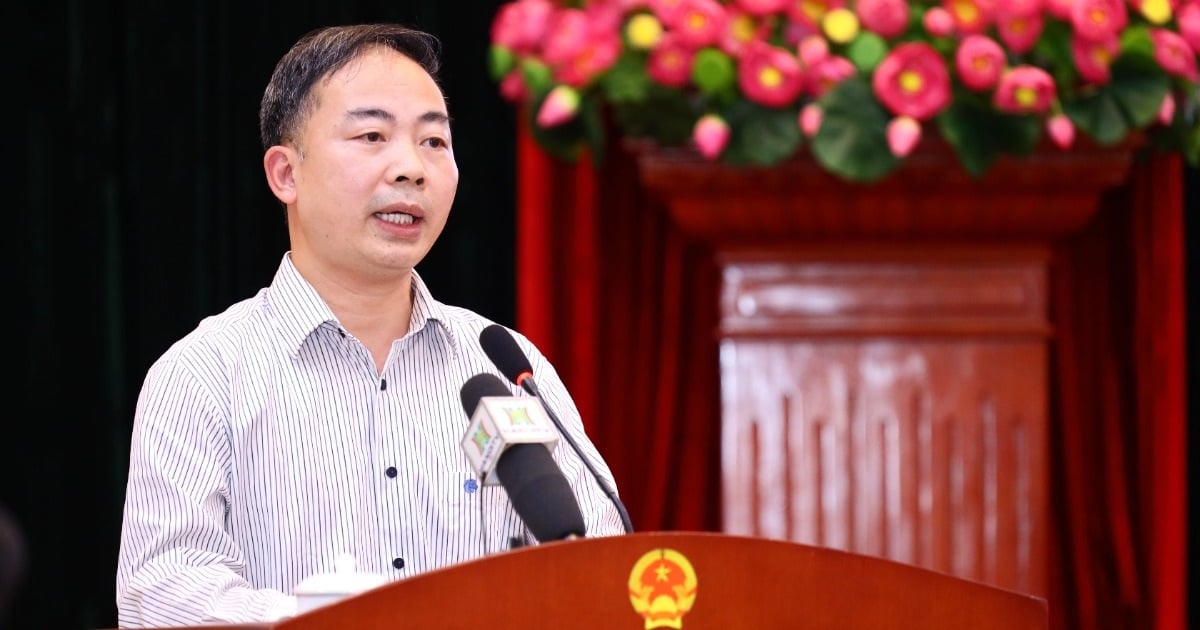



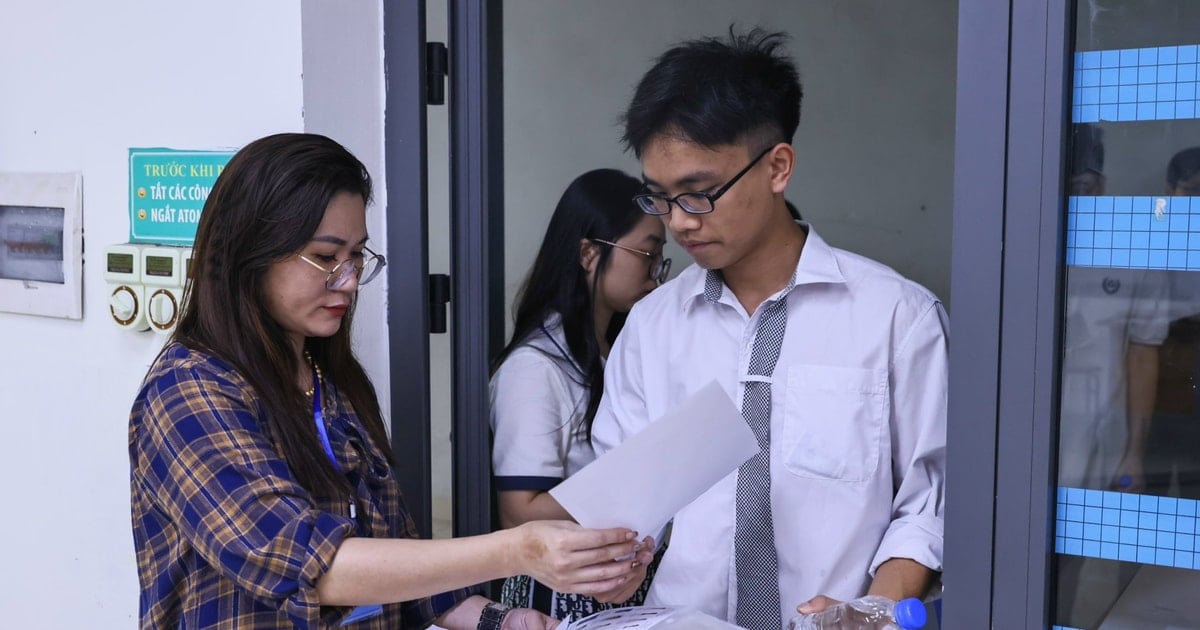
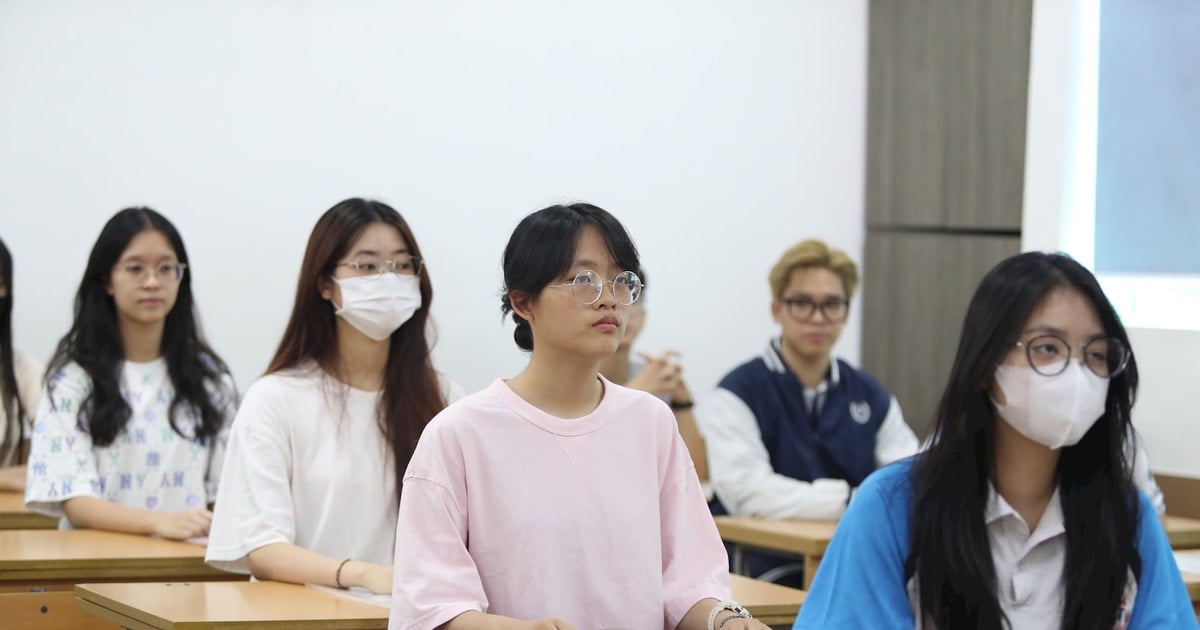

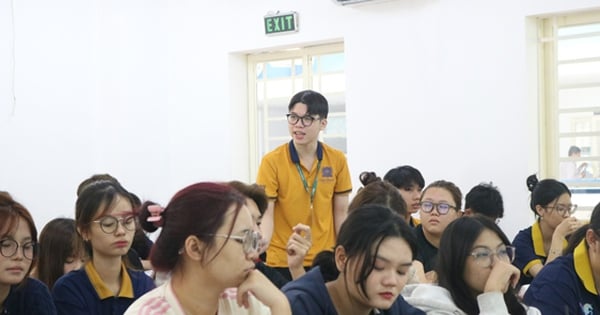
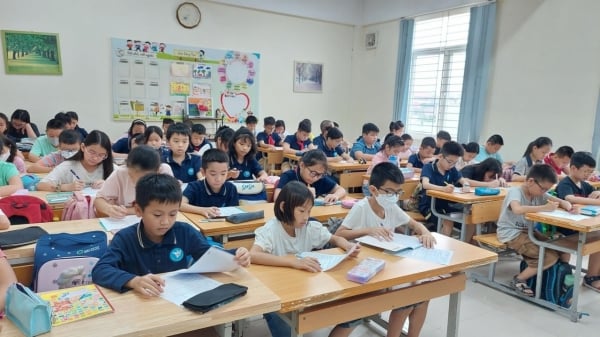

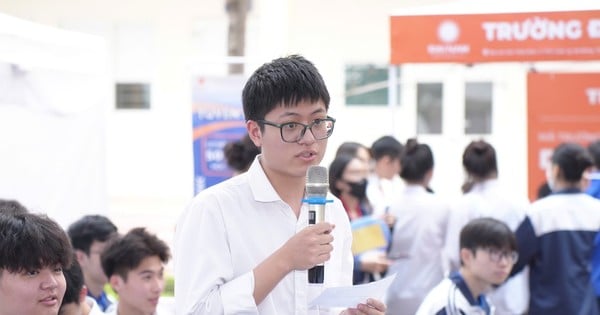










































































Comment (0)